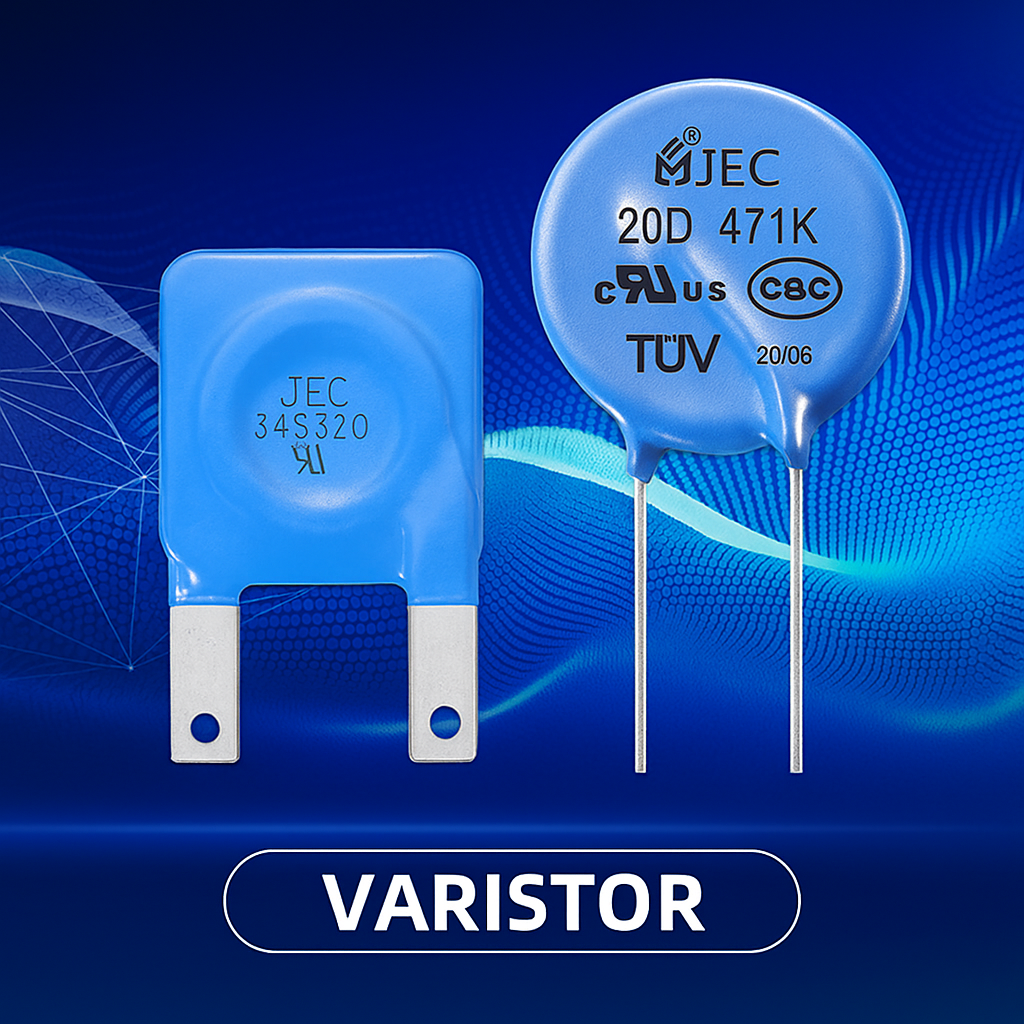Electronics are an essential part of daily life, and their operation depends on stable electrical power. High voltages can be harmful, so it is critical to protect both people and devices, especially when using high-power appliances like refrigerators, induction cookers, and washing machines. Overloading should be avoided, and protective components are often used to safeguard circuits.
Varistors (VDRs) and TVS diodes are two common overvoltage protection devices. Their main role is to quickly clamp voltage spikes during electrostatic discharge (ESD) events, preventing damage to other components in the circuit.
Can a VDR replace a faulty TVS diode?
Varistor (VDR):
A VDR exhibits nonlinear voltage-current characteristics. At normal voltages, its resistance is high, limiting current flow. When voltage exceeds a threshold, its resistance drops, allowing it to absorb excess current and clamp the voltage, thereby protecting the circuit.
TVS Diode:
A TVS diode provides extremely fast protection, responding in picoseconds. It switches from high to low impedance almost instantly, absorbing large transient currents and clamping voltage to a precise level.
Key Differences:
TVS diodes are used in circuits requiring high clamping precision and ultra-fast response, such as automotive and aerospace electronics.
VDRs are suitable for lower-voltage applications, like power supplies, communication circuits, and consumer electronics.
Because of these differences, a VDR cannot reliably replace a TVS diode in applications where response speed and clamping voltage precision are critical. Using a VDR instead of a TVS diode in such circuits may reduce protection effectiveness and put devices at risk.
This article is provided by JYH HSU (JEC) Electronics. JEC is a research, development, production, and sales-oriented company specializing in manufacturing and selling various electronic components such as capacitors and resistors.
Post time: Sep-30-2025

